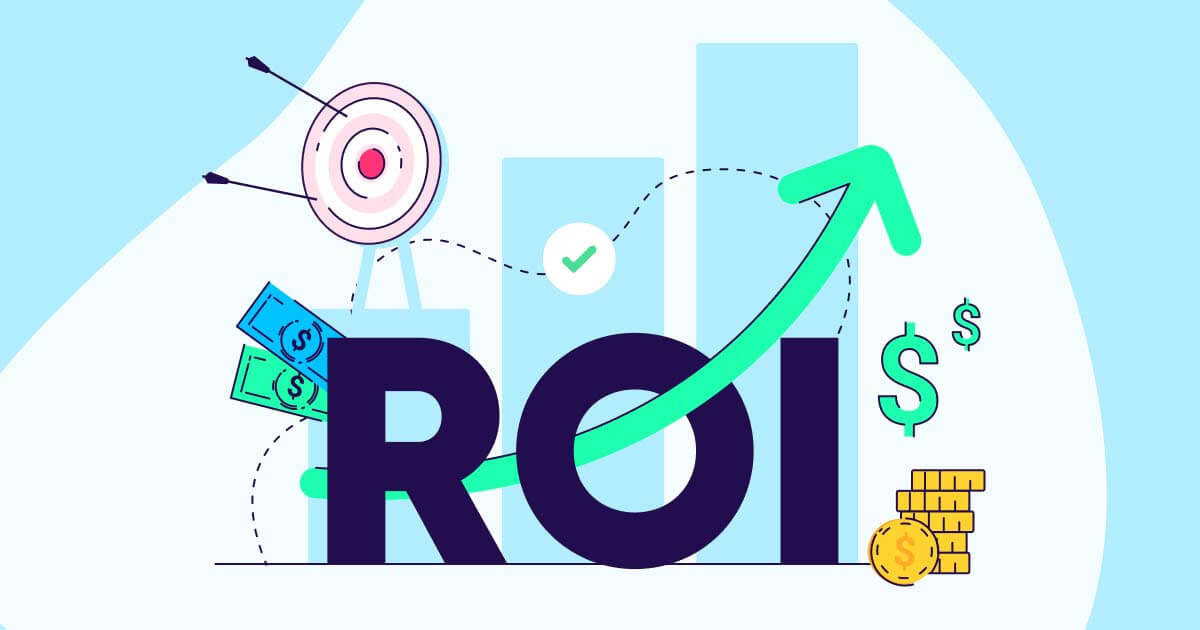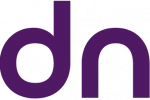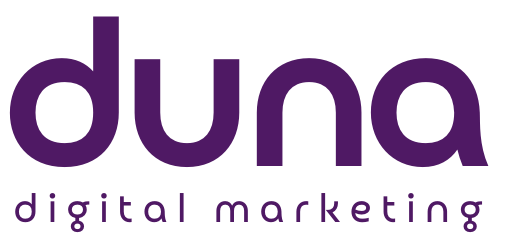In the fast-moving world of digital marketing, success isn’t just about reaching people — it’s about getting real, measurable results. That’s where ROI (Return on Investment) comes in.
Whether you’re working with agências de marketing, managing agências de tráfego pago, or investing in criação de sites, understanding your ROI is key to making smart decisions and maximizing growth.
This guide will walk you through how to calculate, analyze, and improve your digital marketing ROI step by step.

What is ROI in Digital Marketing?
ROI measures how much profit you’ve made from your marketing efforts compared to how much you’ve spent. In simple terms:

For example, if you spent $1,000 on a paid ad campaign and earned $3,000 in revenue, your ROI would be:

This means you earned twice as much as you invested — a great result.
Step 1: Set Clear Goals
Before you can measure ROI, you need to know what you’re trying to achieve. Your goals should be specific and measurable. Common digital marketing goals include:
Increasing sales
Generating leads
Driving website traffic
Growing your email list
Improving brand awareness (harder to quantify, but still important)
Each goal may require a different approach to ROI measurement.
Step 2: Track Your Costs
You need to account for all marketing-related expenses, including:
Ad spend (Google Ads, Meta Ads, etc.)
Fees paid to agências de marketing or agências de tráfego pago
Tools and software (email marketing, SEO, analytics)
Content creation (design, copywriting, video)
Website development and maintenance
Don’t overlook hidden or ongoing costs — they all affect ROI.
Step 3: Measure Revenue (or Goal Value)
If you’re tracking direct sales, revenue is easy to measure. But for goals like leads or downloads, you’ll need to assign a monetary value. For example:
If 1 out of 10 leads becomes a $500 customer, each lead is worth $50.
If a newsletter signup has a 2% conversion rate to a $100 sale, its value is $2.
Use historical data to make these estimates as accurate as possible.
Step 4: Use the Right Tools
Digital marketing platforms offer built-in analytics, but integrating everything gives you a clearer view. Recommended tools include:
Google Analytics 4 – Tracks traffic, conversions, and customer behavior.
Meta Business Suite – For ad performance on Facebook and Instagram.
Google Ads Dashboard – View ROI per keyword, campaign, or ad group.
HubSpot or Salesforce – For detailed lead-to-sale tracking.
UTM Parameters – Help identify which campaign generated a result.
Your marketing agency or agências de tráfego pago should help set these up properly.
Step 5: Analyze and Optimize
Once you calculate ROI, ask:
Which campaigns or channels are most profitable?
Where are you losing money?
Are there low-cost tactics bringing high returns (like SEO or email marketing)?
Is your website helping or hurting conversions?
Use A/B testing, better targeting, and conversion rate optimization to improve results. If you’re investing in website creation, prioritize fast loading times, clear CTAs, mobile responsiveness, and SEO.
Common ROI Mistakes to Avoid
Focusing only on short-term ROI: Some strategies take time (like content or SEO).
Ignoring customer lifetime value (CLTV): Don’t overlook long-term profits from repeat buyers.
Not tracking everything properly: If you can’t measure it, you can’t improve it.
Using the wrong KPIs: Vanity metrics (like likes or impressions) don’t always translate to ROI.
Conclusion: ROI Is the Heart of Smart Marketing
Whether you’re managing campaigns in-house or working with marketing agencies, paid traffic agencies, or investing in website creation, ROI should be your compass. It tells you what’s working, what’s wasting your budget, and where the real opportunities are.
Keep measuring, keep optimizing — and let your results speak louder than your reach.

